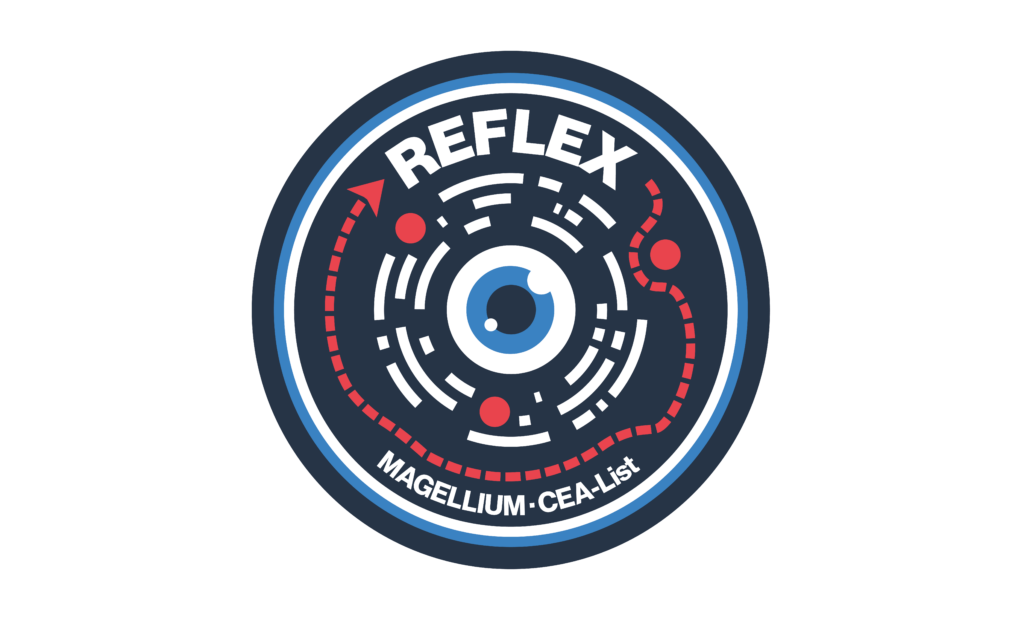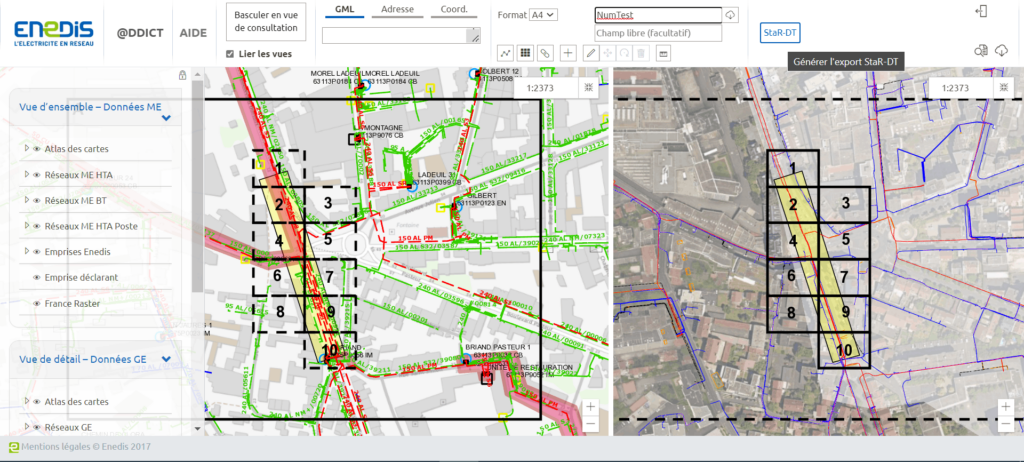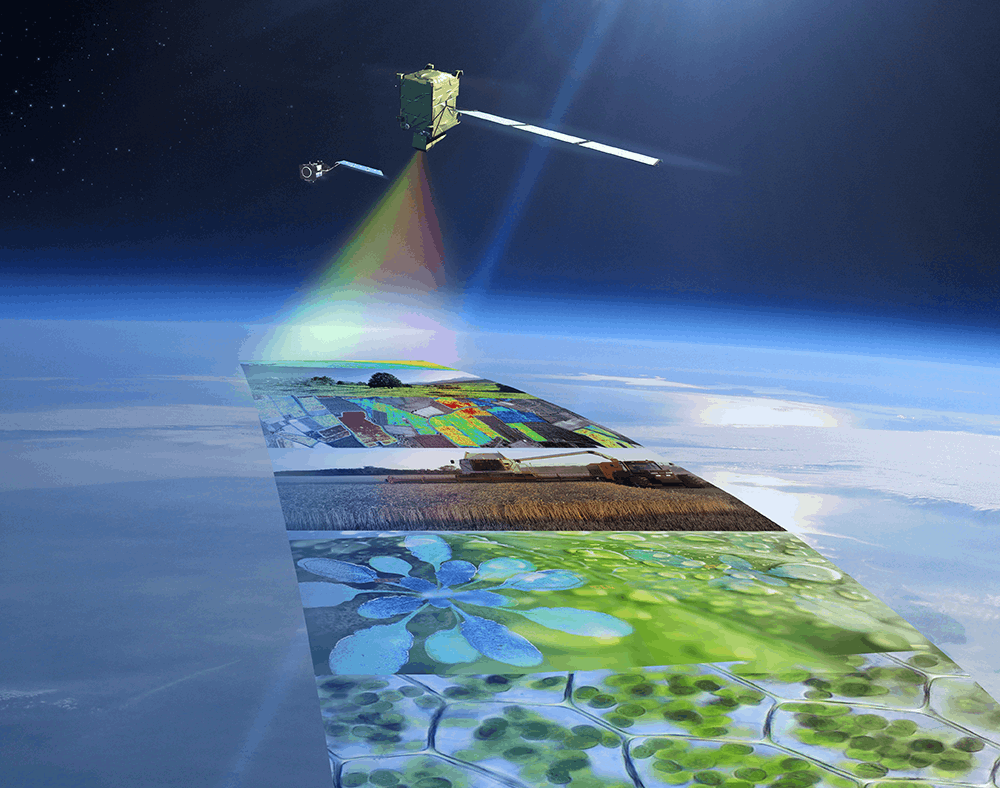CartoNuit, géolocalisation de fronts de feu
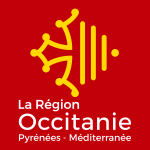
L’origine du projet CartoNuit
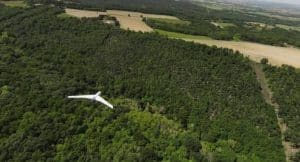
En période estivale, les températures très chaudes rendent les espaces forestiers vulnérables aux incendies. L’intervention des pompiers est particulièrement difficile la nuit ; l’obscurité rendant les manœuvres et l’utilisation des moyens aériens standards impossibles. Le projet CartoNuit, mené par le consortium Boreal et Magellium Artal Group, et cofinancé par la région Occitanie, vise à proposer une solution drone de surveillance nocturne des feux de forêt. Plus précisément, le projet CartoNuit vise à proposer une solution de suivi de situation nocturne par drone des fronts de feu et des points chauds résiduels.
La collaboration de Magellium Artal Group
Les travaux de Magellium Artal Group sur l’amélioration du géoréférencement d’images aériennes et la création d’ortho-mosaïques ont débuté en 2016. Ces travaux ont permis le développement de plusieurs solutions logicielles, fiabilisées et éprouvées depuis dans le cadre de différents projets portés par le ministère des Armées dont Aquila, LittleFox et Caméléon.
Notre expertise en Vision Artificielle ont mené à l’élaboration de la solution CartoNuit. La solution consiste en l’adaptation de l’algorithme de mosaïquage, des données produites par le drone Boreal, du fonctionnement en continu et des données acquises de nuit.
Comment fonctionne le système ?
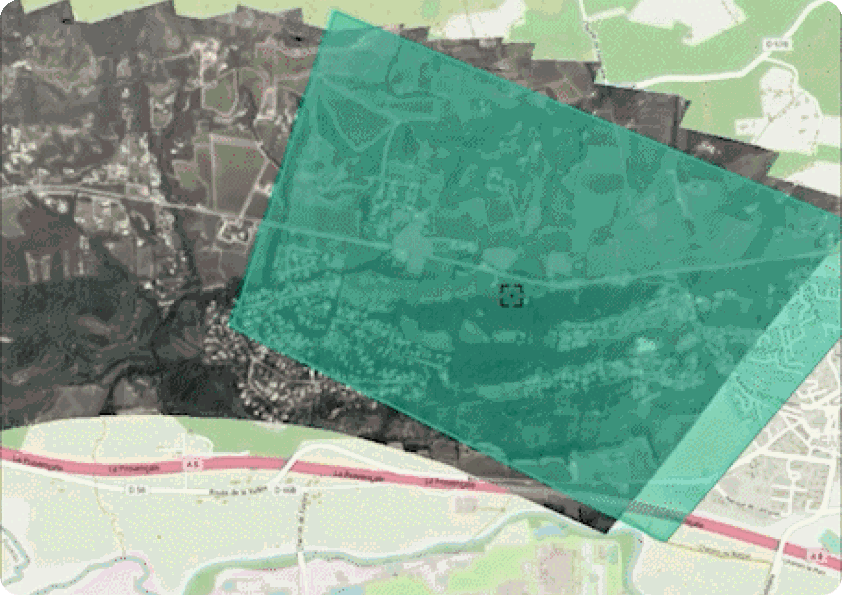
Le scénario de solution proposé est le suivant : un drone filme le front de feu selon un plan de vol défini. Au sol, le flux vidéo est récupéré et traité par une station dédiée, qui met à disposition des ortho-images et des données vectorielles permettant de visualiser l’avancée du front de feu. Ces données sont visualisables depuis une interface dédiée, et peuvent également être exportées vers des systèmes d’information géographique. Le fonctionnement est équivalent dans le cadre de la localisation de points chauds.
Quelles sont les caractéristiques techniques du projet CartoNuit ?
A bord du drone Boreal, la tourelle TEMIS XL16 Merio produit et diffuse un flux vidéo au format OTAN STANAG 4609. Ce format standard garantit la présence dans le flux vidéo des métadonnées nécessaires à son géoréférencement : position du porteur, attitudes, champs de vue, etc.
Au sol, une station sol dédiée capte et traite le flux vidéo, met à disposition de l’opérateur une interface de contrôle ainsi que les données produites. Les composants qui y sont déployés sont les suivants :
- la solution logicielle de traitement Aquila, qui permet le décodage du flux, la production en continu d’ortho-mosaïques et la détection sur ces mosaïques de fronts de feu et de points chauds ;
- un serveur Geoserver, recevant et hébergeant les ortho-images et les détections produites par Aquila. Ces données sont mises à disposition via des flux WMS et WFS, ce qui les rend accessibles par tout système d’information géographique externe ;
- l’interface graphique Littlefox Geofire permettant la visualisation des données produites sur une carte, la visualisation du flux vidéo, ainsi qu’un accès rapide à Hellion, panneau de contrôle de l’application Aquila. Celui-ci, accessible depuis tout navigateur ayant accès au réseau de la station sol, permet de visualiser les états des composants disponibles ainsi que de lancer et arrêter les différents traitements.
Retrouvez également la présentation de CartoNuit sur le site Constellations 🔗
